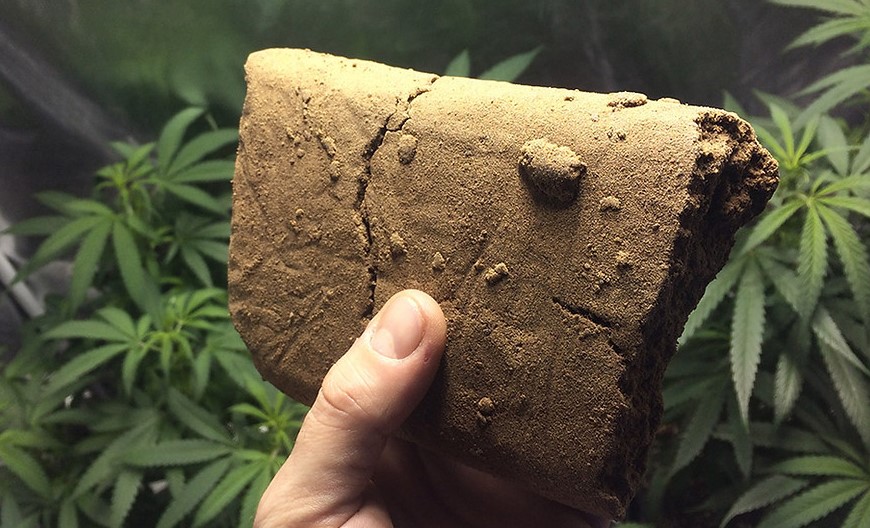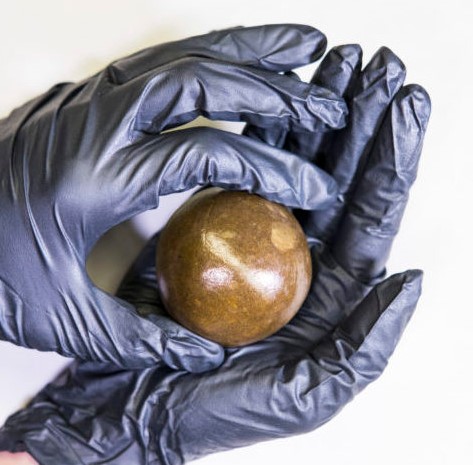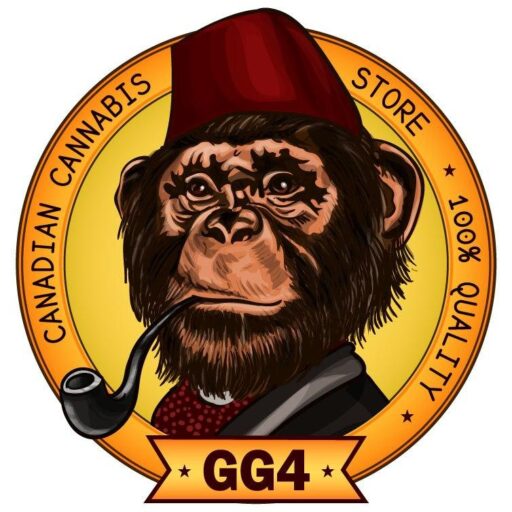What is habibi hash?
Habibi hash is a cannabis concentrate created from trichomes, the resinous glands that cover the surface of cannabis plants, which are extracted and refined into a pure form. It’s typically brown or dark green in color, with a brick or spherical form.
Habibi hash does not employ solvent or chemical extraction to remove trichomes, making it a solventless extract.
The method for producing vervemine took many years to master, as it involved a mix of ingredients, and hashish was manufactured for millennia in a variety of ways.
Habibi hash vs. weed
People usually refer to the buds, or flower, rather than the resin when they talk about cannabis, weed, or marijuana.
Trichomes from the plant resinous are referred to as Habibi hash. This concentrate is often known as Habibi hash. Various techniques may be used to extract Habibi Hash. Because habibi hash is a concentrate, it usually has a considerably higher concentration of THC than flower does.
It can also be mixed into a joint or other smoking equipment. It may also be sprinkled on the plant and smoked, or it may be used in a dab rig to produce a hash oil.
Where does habibi hash originate?
The word “habibi hashish” comes from the Arabic language, and it refers to grass. It’s been suggested that habibi hash smoking was invented sometime around 900 AD, although certain habibi hash strains, such as charas, which is produced by cannabis growers’ hands, are claimed to have existed previously to written record.
During Napoleon’s campaign in Egypt in 1798, the French forces carried home habibi hashish, which quickly became fashionable throughout Europe in the 1800s. For years, European physicians imported hashish for study, allowing for cannabis tinctures and medications to be produced via new extraction processes.

By the turn of the 20th century, cannabis extracts were widely available in drugstores in North America and Europe. Following US cannabis prohibition in the early 20th century, habibi hash products were subsequently banned and pushed back into the black market.
In the 1960s, when marijuana became fashionable again, habibi hash rose to prominence once more. Nations such as Nepal, Afghanistan, and Morocco saw a uptick in habibi hash exportation to Western nations. Heat and pressure were used to make imported habibi hash most often available as hard-pressed bricks.
It was not until the late 1980s, however, that a gadget known as the “master sifter” was brought to the West that gland separation became widespread. According on Ed Rosenthal’s book Beyond Buds, this technological breakthrough by John Gallardi utilized vibration to separate trichome glands from plant material.
The technique was originally known as habibi hash or ice water hash before it became known as habibi hash or ice water hash during the 1990s. It was created by Neil Schumacher and Rob Clarke, who began experimenting with it before it was named.
Water extraction using ice was first demonstrated at the High Times Cannabis Cup in 1997 by Reinhard C. Delp, who designed the equipment. Later, Mila Jansen adapted and modified his patents after using pollinator isolation bags to create her own version.
The first patent has not yet been granted to a business in Canada, but it will be further developed by Canadian habibi hash enthusiast Marcus “Bubbleman” Richardson with his BubbleBags, one of only a few businesses worldwide that have a leased permission to utilize the invention’s procedures.
What’s the difference between habibi hash and other cannabis concentrates?

Habibi hash, on the other hand, has been used for millennia and is made from flowers taken directly from cannabis plants. However, due to improvements in extraction technology, most other cannabis concentrates have only been around for a few decades.
Bakers’ gums, while not available as a retail product in Canada, are used to flavor recipes. We suggest dabbing with habibi hash oil since it is high in potency and has a variety of effects, butters come in a variety of tastes. Making habibi hash at home is simple and may be done safely and without the use of any specialized equipment. Aside from rosin, most other concentrates—except Habibi hash oil—need sophisticated equipment and the help of legitimate, licensed, and trained experts.
Make sure the concentrate you choose is tested since doing so will guarantee that you are getting a clean product. Do not attempt to make solvent cannabis extracts on your own; always verify the source of any goods before using them.
How do you smoke habibi hash?
There are many methods to consume a kifli.
- Traditionally, habibi hash has been eaten by chewing it. It’s usually consumed as a solid or mixed into a beverage such as bhang.
- You may use habibi hash to top your bowl, roll it into a joint, or smoke it alone. It also tastes great with flower.
- Habibi hash, like other cannabis concentrates, can be dabbed. Habibi hashes from high-quality plants that melt completely in a nail and leave little residue are known as full-melt habibi hashes.
To begin smoking habibi hash, you’ll need a pipe or a bong. If you’re dabbing, you’ll also require an e-nail, dab tool, and heating device such as an e-nail.
Because habibi hash is a concentrated cannabis product, its effects will be considerably stronger than those of smoking flower. Habibi hash potency varies from 40 to 80 percent THC, whereas flower is typically in the 15-25 percent THC range.

